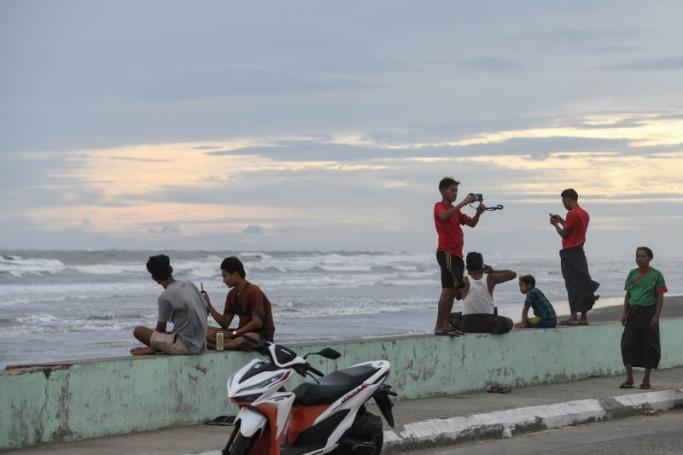Mizzima
As Cyclone Mocha barrels towards Myanmar and Bangladesh it is an opportune time to consider what to do personally if you are in an area that might be struck by the winds and the rain, particularly given the problem posed by the poor response to the 2008 Cyclone Nargis that caused so much devastation and loss of life.
Here is guidance provided by Restoration SOS Education Staff in the USA on what do during a Category 5 hurricane, equivalent to the cyclones that affect the Bay of Bengal.
Although the examples cited are hurricanes in the USA, the advice is pertinent for people living in Myanmar and Bangladesh this weekend.
Here is the advice:
If a Category 1 hurricane only has most people mildly worried about its effect on their lives, a Category 5 has the opposite problem. An announcement of a Category 5 hurricane storm approaching is enough to send even the bravest among us heading for the hills in droves. The results of recent Cat 5 hurricanes such as Katrina, Wilma, and Andrew leave no doubt as to the destructive capacity of this type of storm. The images are vividly etched into numerous memories, and nobody wants to run the risk of having to go through such a disaster.
Category 5 hurricanes are the top of the scale, with maximum sustained winds of up to 157 mph. Structures are likely to experience total or near total failure, with the only structures likely to survive being the most solid constructs located no less than 5 or 6 miles inland. Category 5 storms will also cause severe flooding to the lower floors of all coastal structures, with many being simply washed away by the force of the storm. Storm surge may cause damage up to four or five blocks inland, and massive forced evacuation may be initiated in advance of the storm. Water and power losses may occur and persist for a matter of several months, and the damage to the area in the path of the storm may be evident for years afterward.
How to Survive a Category 5 Hurricane
What should you do during a Category 5 hurricane? That’s easy. Evacuate. Category 5 hurricanes are not worth gambling your life on. They are deadly, destructive storms.
Residents of hurricane-prone areas are encouraged to monitor the progress of storms forming while they are still at sea and determining the path they are projected to take, along with the strength they are expected to gain. By this point you should already have preparations made to deal with the worst-case scenario.
Being prepared includes having your bags packed and an evacuation route planned. The sooner you begin the process of evacuation, the better off you will be. Evacuation routes may become backed up or jammed, and finding a hotel somewhere out of town may prove similarly problematic. Knowing when you plan on leaving, and perhaps even going as far as to make a hotel reservation, are major steps in the right direction. Hurricanes typically provide a warning period of several days, meaning that you have time to prepare. An evacuation plan is not something that you should throw together at the last minute.
Once you are out of the danger zone, be sure to use a battery-powered radio or TV to monitor conditions, and you should only return to your home once the danger has passed and the all clear given by emergency management. Even then, only use bottled water since the water supply may have been compromised and avoid skin contact with flood water or mud. In the aftermath of such a severe storm, all water should be considered contaminated.












